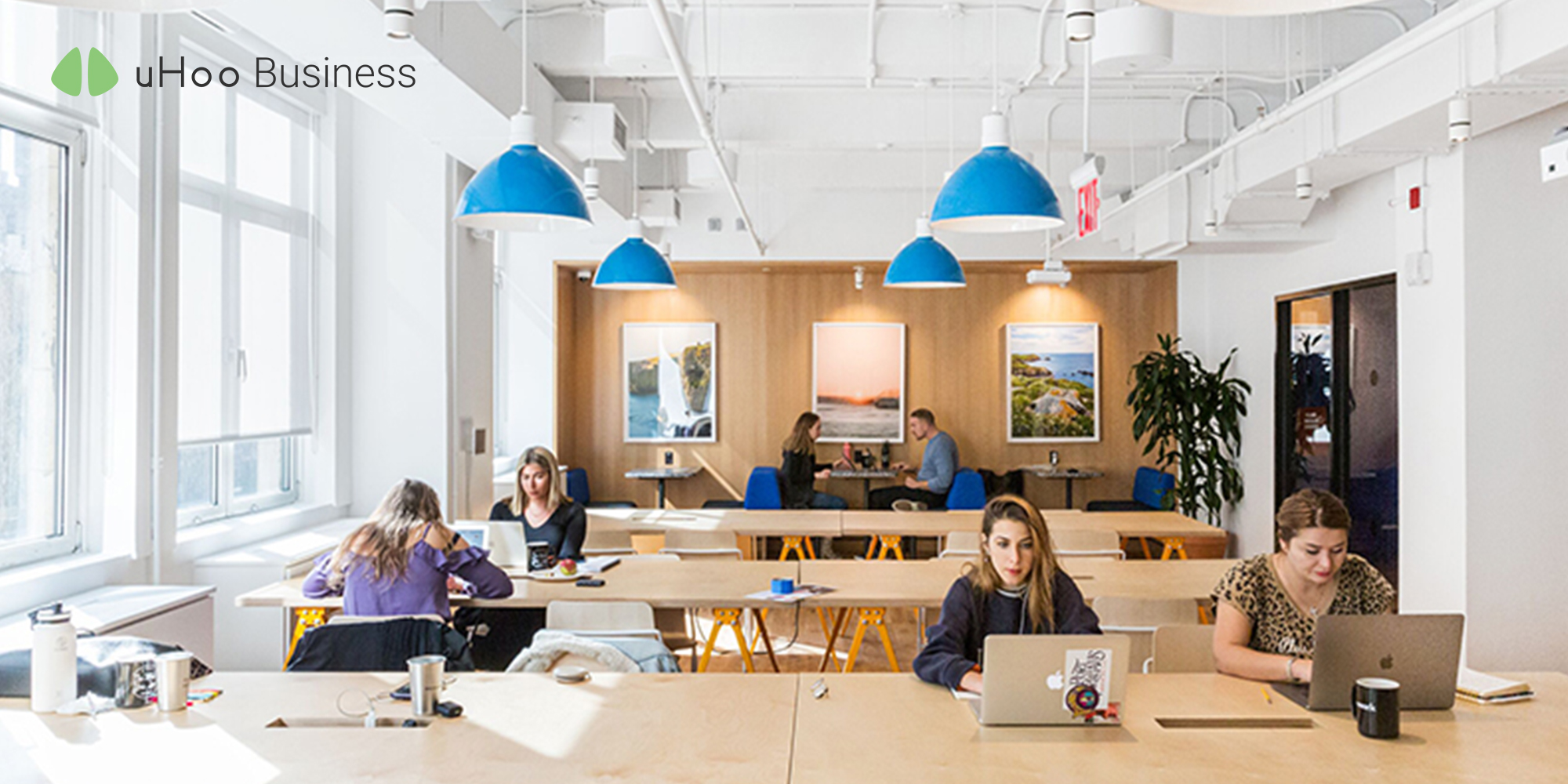
Many of us perceive lighting mainly as a driving force towards energy efficiency, and while lighting has an impact when it comes to energy consumption, we should not also forget that it can also greatly affect the health, comfortability, productivity, and safety of the people.
Impacts of Poor Lighting at Work
From the employees’ viewpoint, insufficient lighting at work can be a health and safety hazard. This can cause a number of problems such as:
Eye strain – working in dim or low lighting can cause the eyes to dilate. Since there is less light to take in, the eyes need to work harder to see clearly, which causes it to become tired faster. Signs of eye strain include watery or dry eyes, blurry vision, sensitivity to light, headache, and itchy eyes.
Depression – A study in the Proceedings of the National Academy of Sciences revealed the connection between light deprivation and our brain. In this study, the neuroscientists from the University of Pennsylvania kept rats in the dark for more than a month. The animals not only expressed depressive behavior but also experienced damages in brain regions that are also abnormally inactive in humans during depression. The research then concluded that when the body’s circadian system is not absorbing an adequate amount of light, it might lead to changes in the brain areas that regulate the mood.
Accidents – not having the right amount of light to see and work clearly can lead to unfortunate events such as dropping materials or tools, falling, or slipping.
Excessive lighting can have bad effects, too:
“Glare” headaches – a strong and dazzling light produced in workplaces can cause fatigue in the eye muscles and double vision, which contribute to headaches.
Eye damage – exposing your eyes to bright lights can cause retinal damage and negatively impact your vision. This condition is most common for workers subjected to intense artificial light.
40% of office workers are struggling to work in poor lighting every day, don’t let your employees be one of them.
uHoo Aura, the most comprehensive indoor environmental quality (IEQ) monitor with light sensor, is an effective way to determine whether the light levels in a workplace are still at their optimum level. Continuously monitoring light will help you understand and adjust the levels of lighting in the workplace based on your building and your employees’ needs. By improving lighting conditions, you’re also reducing discomforts, preventing health problems, and increasing your workers’ productivity. Additionally, monitoring light consumption from the uHoo Business dashboard or through the API allows you to seamlessly check if light systems are functioning properly.
Aside from the light levels, uHoo Aura also tracks IEQ parameters, namely: temperature, humidity, carbon dioxide, particulate matter, volatile organic compounds, carbon monoxide, formaldehyde, sound, and air pressure. uHoo Aura also has a Virus Index that uses a 10-point scoring system to indicate the risk of viruses surviving within the building.
The importance of light on indoor environmental quality and employee health cannot be understated. It needs to be measured and managed before it harms employee health and your business. Moreover, monitoring light can also help you obtain scores to achieve green and healthy building certifications such as GreenMark, LEED, and WELL.
Maintain optimum light levels with uHoo Aura.
References:
- Needtoknow.nas.edu
- Nextbusinessenergy.com.au
- www.conserve-energy-future.com
- www.darksky.org


